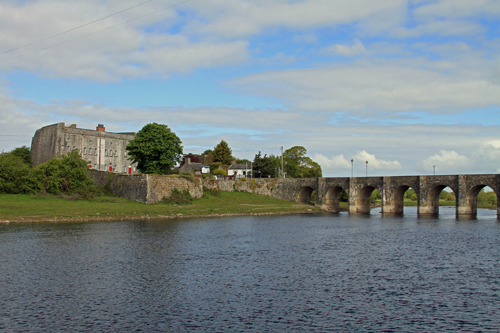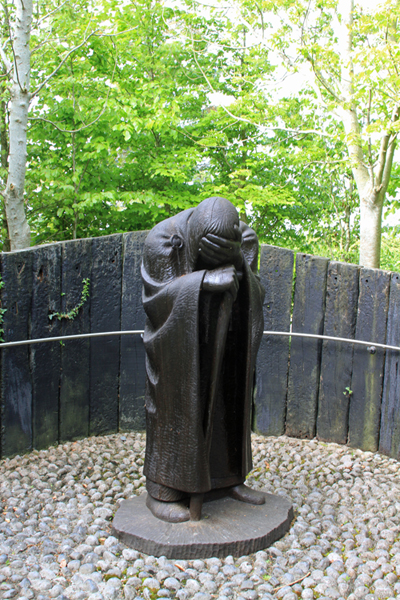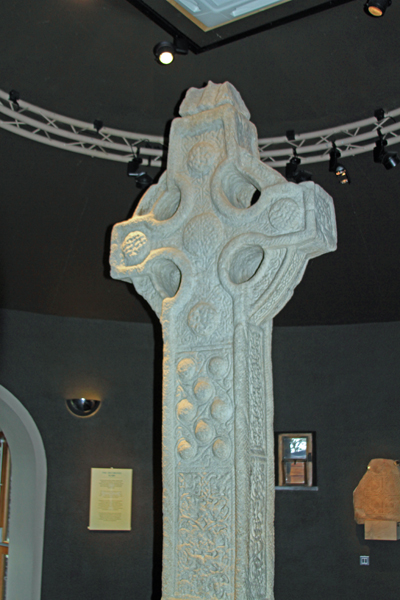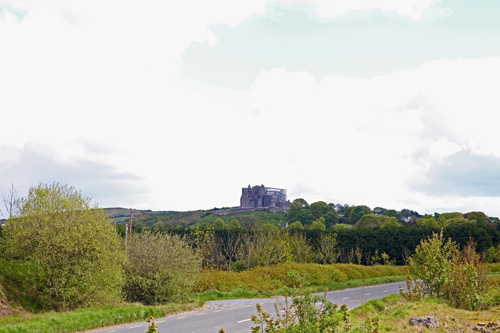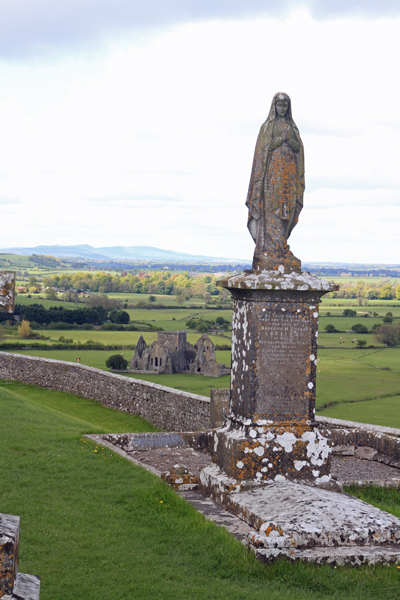After my quick stay in Wales, see the previous post on this subject, I made a dash across the Irish Sea to Ireland – actually a ferry crossing from Fishguard in Wales to Rosslarein Ireland, a 4 hour crossing which gave me plenty of time to relax. As before, I will include practical details for this portion of the trip at the end of the post.
The first sight of Irish Land, was the lone lighthouse on Tuskar Rock, an isolated islet about 50 km from the coast. Rosslare Harbour is visible in the ditance, especially its windmill farm, but hard to see on the photo unless you zoom in.
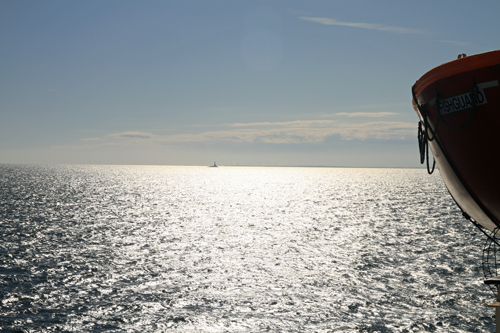
I did not arrive in Rosslare until 18:30 and had about a 1 hour drive to the guest house I had booked. Fortunately, I could depend on the GPS in my car to steer me in the right direction. Well, I thought I could until I discovered that there were new roads, not on my GPS and that other roads had changed number. Right at the entrance to Waterford, there is a new by-pass that avoids the center of town and a bridge across the River Suir which is always a bottleneck with significant traffic jams. I did not take the by-pass but since this was a Sunday, I had no problems at the bridge and arrived at the Coach House at ButtlerstownCastle just before 8PM. It is a little out of town, but well worth the extra effort.

Des warned me that it might be difficult to find a place to eat as many restaurants close on Sunday evening. I stopped at a ‘retro diner’, a throwback to the American Diners of the 50’s and 60′, complete with the individual jukebox on each table (I did not test to see if they worked) and the soda fountain. Food was not great, but it was open. After that, I went into Waterford just to orient myself and look around. To say that the town was quite at 9 PM is an understatement!

I hardly ran into anybody while walking around in the center of the town…
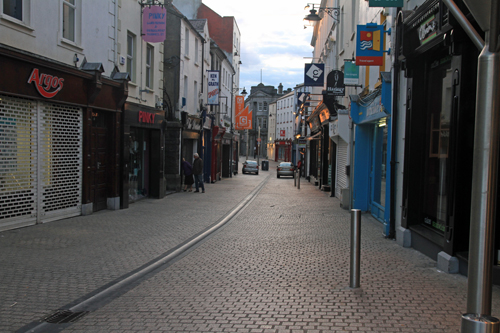
After a good night sleep, I decided to explore the region around Kilkenny, for no other reason than that is the name of my favourite Irish Beer.
By looking at the guide, I decided to first stop at the Priory of Kells. There seem to be important ruins like this one a little everywhere in Ireland, a constant reminder of both the religious spirit that has symbolised the country, and the violent history that it experienced in the Middle Ages. This particular priory was fortified with a very strong wall and moat – the wall is still intact in many places.
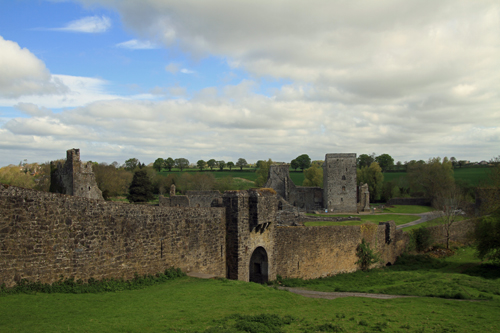
The priory and the attached abbey were first established in the 12th century but most buildings date from the 14th and 15th centuries. It was fought over several times, burned down and destroyed and finally abandoned in the 16th century. There was no one there while I was visiting and I was free to go where I wanted amongst the ruins – very unusual to still be able to do this anywhere in the world…

Just upstream from the priory, a water mill was established in the 19th century – typical early industrial design but for it to be still standing intact, it must have still been in use well into the 20th century. I could not go inside, but from the outside, I could see the remains of the belt system that must have driven the machinery – not sure what machinery that was.
Continue reading “Ireland 1 – Waterford Area” →
(2830 Page Views)

